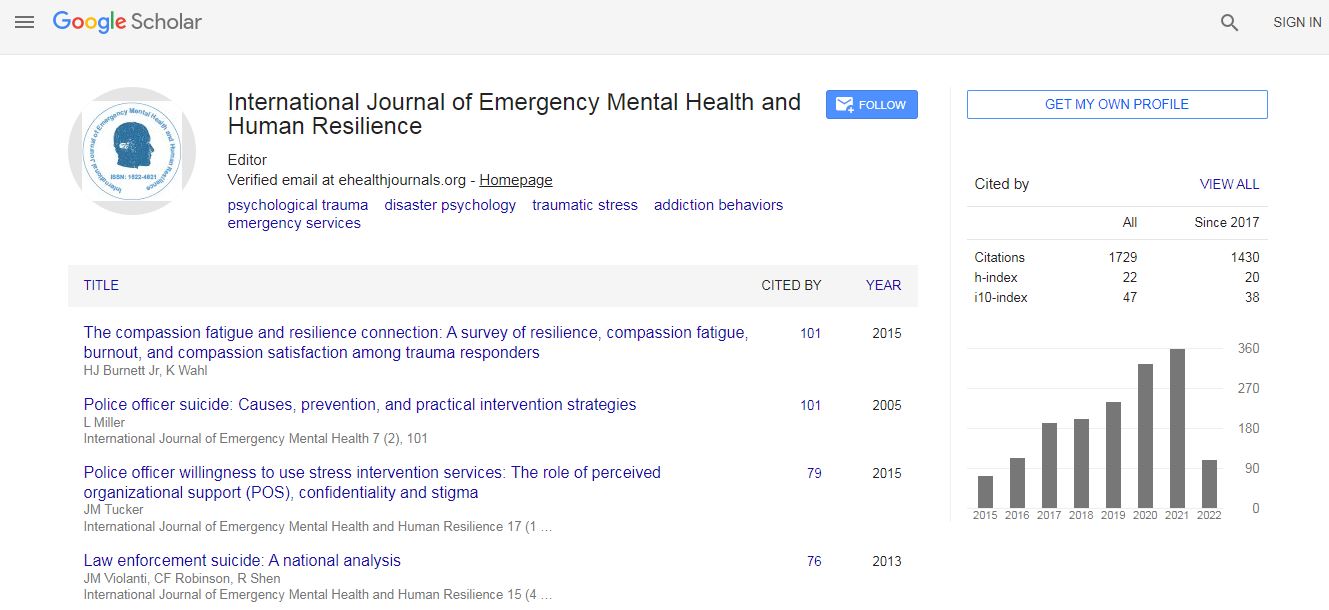Our Group organises 3000+ Global Conferenceseries Events every year across USA, Europe & Asia with support from 1000 more scientific Societies and Publishes 700+ Open Access Journals which contains over 50000 eminent personalities, reputed scientists as editorial board members.
Open Access Journals gaining more Readers and Citations
700 Journals and 15,000,000 Readers Each Journal is getting 25,000+ Readers
Google Scholar citation report
Citations : 4948
Indexed In
- Index Copernicus
- Google Scholar
- CiteFactor
- Publons
- Pubmed
- science Gate
- scispace
- world cat
Useful Links
Related Subjects
Share This Page
A micro genetic approach to the relationship between creativity and aggression in mental disorders
5th International Conference on Mental Health and Human Resilience
Hilla Yaniv
Bar-Ilan University, Israel
Posters & Accepted Abstracts: Int J Emerg Ment Health
Abstract
The lecture will present a research investigates the connection between creativity and aggression in different mental disorders, and examining their mutual influence on each other, in reference to Eysenck's three dimensions of personality, as well as to other personality's traits. The study examines five different groups: (1-2) individuals dealing with mental disorders – with or without a background of aggression; (3) creative-individuals; (4) aggressiveindividuals; (5) and a control group. The main comparison focuses on examining cognitive psychopathology, which leads the positive aspect to creativity on the one hand, and the negative aspect to aggression on the other hand. These topics are investigated by using various questionnaires as well as by the micro genetic-method, which uses visual stimulation, in these study artworks. By using this method, it is possible to investigate the influence of visual perception of stimuli and the way individual projects his or her inner world and personality is tested by examining the projection content toward the stimulus. The expectation is to find relationship between creativity and aggression, especially in psychopathology groups. This relationship connects broadly to the psychoticism dimension of Eysenck's three personality dimensions, which is also expected to be high among the pathology’s groups. These pathology populations were deliberately chosen because they are on the extreme expression of various personality traits and dimensions, particularly the aspects related to measures of creativity and aggression. Consequently, psycho-therapy for those populations can be suited specifically to the individual's profile, using different creative therapy methods.Biography
E-mail: hilla.aaa.yaniv@gmail.com

 Spanish
Spanish  Chinese
Chinese  Russian
Russian  German
German  French
French  Japanese
Japanese  Portuguese
Portuguese  Hindi
Hindi 